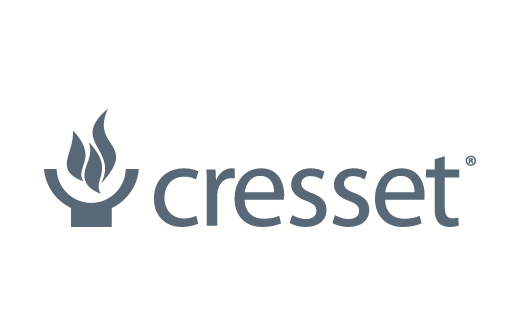The Flare Python API gives full access to the scientific capabilities in Flare, enabling users to work more efficiently by creating their own workflows, automating common tasks, and expanding Flare with python modules and custom controls. To support novice python users in taking advantage of this extended functionality, we created, and regularly update the Flare Python Cookbook.
The cookbook contains a collection of ready-to-use ‘recipes’ which contain simplified code snippets, each of which performs a specific task that can be run directly from the Flare GUI. Medicinal and computational chemists can use each recipe on its own, or combine them to create more complex workflows.
As part of our latest Flare Python Cookbook V3 release, the newly added recipes enable you to:
- Focus on the most relevant results by enriching your ligands profiling with the evaluation of the synthetic accessibility score (SAS), and the quantitative estimation of drug-likeness (QED)
- Communicate and manage your results more effectively with additional visual aids associating images to ligands
- Power-up your structure-activity prediction capabilities with QM-based descriptors such as chemical hardness, electronegativity or global electrophilicity index
As an example, the CressetFlareCB_28 snippet calculates, for all the ligands in the Flare Ligands table, the RDKit synthetic accessibility score (SAS) creating a new SAS ‘score’ column in the Flare Ligands table reporting the SAS value. The SAS score is evaluated from a SMILES string, so the SAS value is only reported for the ligand, but not for the individual conformations or poses, as they all share the same SMILE representation.
Figure 1. Calculating the RDKit synthetic accessibility score (SAS) using the CressetFlareCB_28 snippet from the Flare Python Cookbook.
Following a similar strategy, the CressetFlareCB_31 snippet calculates the QED, for all ligands, adding the value to the Ligands table.
Another example, the CressetFlareCB_32 snippet, shown in Figure 2, associates an image in a file, ‘IMAGE.png’, to the specified ligand in the Flare Ligands table. A new ‘Image’ column is created in the Flare Ligands table displaying the content of the ‘IMAGE.png’ file. The ligand is specified in the snippet by its listing index in the Flare Ligands table.
Figure 2. Associating content of the ‘IMAGE.png’ file to the first ligand in the Flare Ligands table using the CressetFlareCB_32 snippet from the Flare Python Cookbook.
The Flare Python Cookbook is created as a Jupyter Notebook which can be downloaded from GitLab.
New recipes featuring additional functionality will be available in future releases of the Flare Python Cookbook. As with all Cresset products, we are eager to respond to feedback from our customers, so, in the meantime, if you have any ideas for a new recipe please contact Cresset support.
Request an evaluation to see how you can work more efficiently
See how you can work more efficiently by requesting an evaluation of Flare to try the Flare Python Cookbook scripts on your project.



